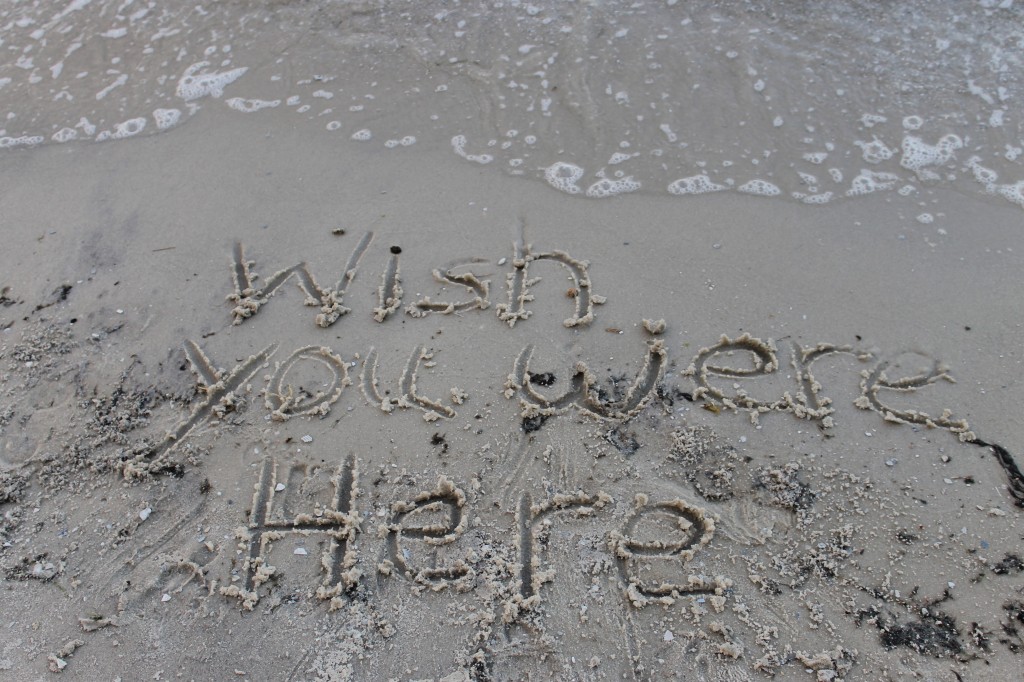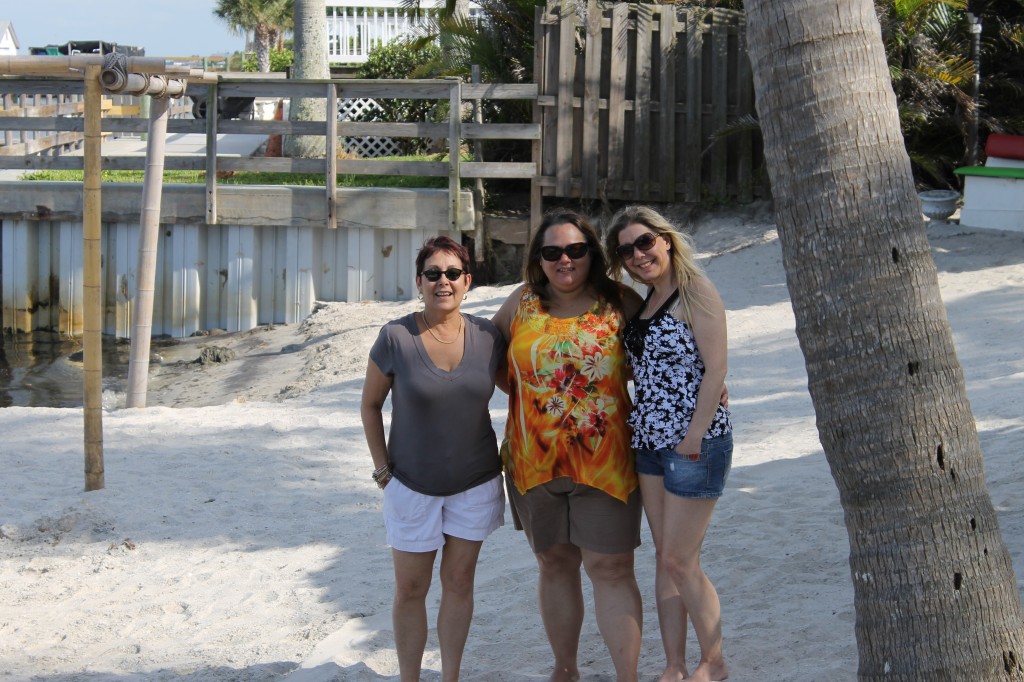I wrote this review while participating in an Influencer campaign by Mom Central Consulting on behalf of Johnson & Johnson Vision Care, Inc. and received a promotional item from Mom Central to thank me for participating.
I’m heading out for a vacation – here I come St. Thomas!
Or perhaps the Caribbean? Mexico?
I’m looking forward to the beach, the mountains, vacation spots and cruise line barbecues – And I know to be smart, just as you do as you head out for your neighbor’s outdoor barbecue, drive the kids to the pool, or set out on YOUR vacation. AND don’t forget that UV rays are invading your fun! There are many ways that you can protect yourself from harmful UV rays, and children especially are at risk. The sun risk is greatest early in the morning and later in the day.
I found my answers to summer fun sun protection on “Fast Facts for Your Health: The Sun & Your Eyes: What You Need to Know” on the ACUVUE® Brand website. Since I have worn Acuvue contact lenses all my life, I wanted to see what, in my opinion, is one of the top contact lenses companies in the country. Their website gave me all the answers – and then some: I had never given UV rays a thought! So when I checked out the ACUVUE website, and learned all the basics, I had to share with our readers all that I learned about eye care and the damaging rays of the sun.
THE FACTS MA’AM ONLY THE FACTS
***from the ACUVUE website
There are three ranges of UV radiation: UVC, UVB and UVA. The most damaging form is UVC, but luckily it’s absorbed by the Earth’s atmosphere and doesn’t reach us. Exposure to UVB rays is closely linked with photokeratitis (a kind of sunburn of the cornea), and cataracts, and possibly other conditions.
Eye Damage in the Short Term Is Possible
It can take years before you experience any of the sun’s damaging effects on your eyes. But, some damage can occur in the short term, such as photokeratitis and photoconjunctivitis, an inflammation of the membrane outside of the eye (think pink eye). If your eyes feel tired, sore and gritty after a day at the beach, skiing or boating, you may have experienced UV radiation exposure.
Unexpected Sources of Ultraviolet Radiation Exposure
Although direct sunlight from the sun itself can be extremely damaging to eyes, reflected UV rays can be even more dangerous. For example, grass, soil and water reflect less than 10 percent of the UV radiation, but fresh snow reflects as much as 80 percent; dry sand about 15 percent and sea foam about 25 percent. And, because you’re more likely to look down than up, there is a difference in the amount of UV light reflected directly into your eyes. Hats with brims offer no protection from UV rays reflected up from surfaces such as pavement, sand and water.
The time of day also influences the available UV rays, but eye exposure to it is quite different than for skin. At noon, the UV dose can be as much as 10 times higher than the dose three hours earlier or later. But because the eye is naturally shaded by the brow ridge when the sun is high in the sky, the highest ultraviolet radiation exposure for eyes is actually in the morning and mid-afternoon, rather than at noon, as it is for skin. Sun exposure to the eyes tends to be more constant in fall, winter and spring when the sun is lower in the sky.”
I had to learn more so I read the ACUVUE article on sun and your eyes.
To my astonishment I learned several more points:
- UV exposure can cause cataracts later in life and it is cumulative. Ultraviolet Radiation (UV) rays are also cumulative and can cause damage to all structures of the eye. Children need to be protected early and adults need to rely on protection.
- Children and teenagers are at the most risk for eye damage from UV rays. Their pupils are larger and absorb more; they are outside much more than adults; and by the time that they are 18 they have experienced three times more UV exposure than adults.
- UV rays reflect off grass, sand, soil, water and snow. And the reflection is greater; even gray days can expose you to harmful UV rays.
- Use sunglasses! Research the sunglasses you buy to make sure they offer UV protection and are large and wide. Grey sunglasses are better than dark ones. Because sunglasses are not enough, use hats with brims, wide brims.
- Consider UV blocking contact lenses. ACUVUE® is the only major brand of contact lenses which blocks approximately 97%of UV-B and 81% of UV-A rays as standard across the entire range of its products. And wear sunglasses over them as UV absorbing contact lenses are not substitutes for devices like UV-blocking sunglasses as they do not completely cover the eye or the surrounding area. For more comprehensive UV protection, UV-blocking contact lenses should be worn as an added layer of protection in conjunction with high-quality UV-blocking sunglasses and a wide-brimmed hat.
As I buy my tickets to the Caribbean, I have some shopping to do!
One, a new pair of UV-A and UV-B contact lenses, two, a gorgeous wide brimmed Hot Mama hat, and some really good sunglasses that Audrey Hepburn would adore!
Please be careful out there! And enjoy your summer!
Details
- To learn more about eye health visit: ACUVUE



Leave a Reply